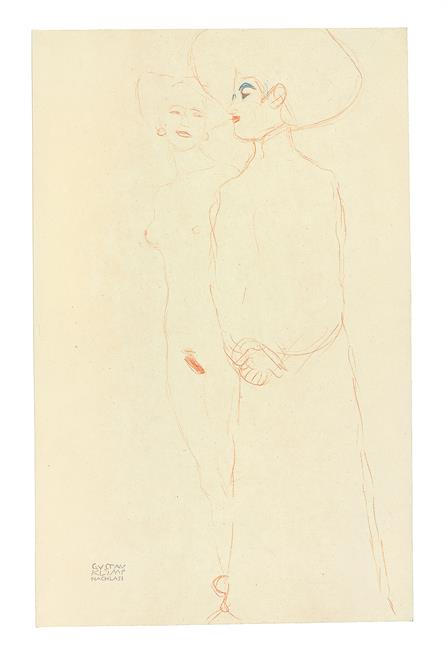 Undressed and dressed women standing to the left
1907
Undressed and dressed women standing to the left
1907
Gustav Klimt
Vienna 1862 - 1918 ViennaGustav Klimt was born in Vienna in 1862 and died there in 1918. Between 1876 and 1883, he attended the Vienna School of Arts and Crafts, where, initially, he stylistically leaned towards the Historism of Hans Makart. In the 1890s, he developed the Jugendstil, which was influenced by the Symbolists and Pre-Raphaelites, which also made him the leading figure of Modernism.
The foundation of the Vienna Secession
The fluent line, the use of symbolic images and the dualism of naturalism and stylization became characteristic of the modern style. In 1897, Klimt and twenty other artists left the Society of the Künstlerhaus and founded the Vienna Secession, of which he became president. By the turn of the century, themes like love, death, birth and life had become significant characteristics of the works of Klimt.
The oeuvre of Klimt
As of 1904, he mostly painted representative portraits of women for the upper class of Vienna, as well as allegoric compositions and, when visiting the country in the summer, numerous landscapes. His comprehensive graphic oeuvre is primarily characterized by nude studies, which were created as preparation for allegories. They reveal the significant role of eroticism in Gustav Klimt’s work, which made him a pioneer for the young Egon Schiele. The drawings present the cadre of Klimt’s artistic oeuvre. The studies, which he edited time and again, pose as evidence of the intense mental process he underwent before painting.
The time after the Vienna Secession
In the time after the leave of the Klimt group from the Secession in the year 1905, the main works of the Golden Style were executed. The use of abstract ornaments and the abundant application of gold colour as laminar and decorative stylistic devices are characteristic for the paintings of this time. Parallel to the paintings, the drawings of this period were of a sharp, linear quality, which was even increased by the change of material from coal on packing paper to pencil on Japanese tissue paper. Klimt’s later drawings were mainly the ones, which brought him international success as a draftsman. From 1910 onwards, he devoted himself increasingly to rendering erotic images. His line work became loose and disintegrated. However, Klimt’s style of line does not forfeit its variety. Gustav Klimt masterfully varies the line work to depict different surfaces and structures in an impactful way.
-
Undressed and dressed women standing to the left 1907
Lovers, Facing Right 1914
-
Reclining Semi-Nude to the Left 1917/1918
Inclined Male Head to the Right 1916/17
-
Nude from the Front, Hands on Hips 1911
-
Seated Woman from the Front 1913-14

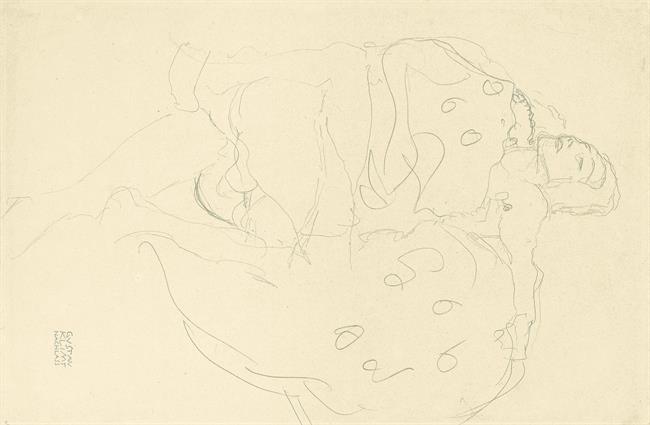 Lovers, Facing Right
1914
Lovers, Facing Right
1914
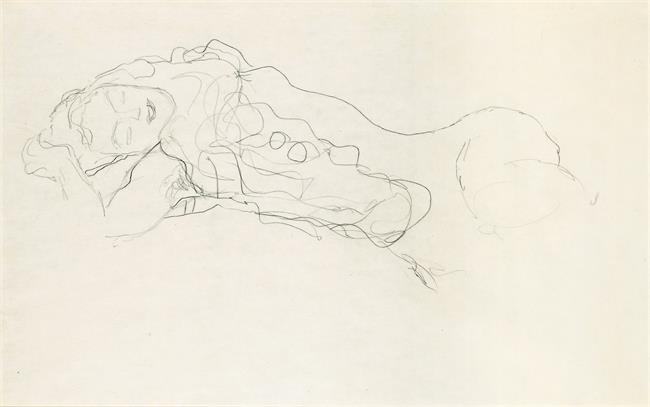 Reclining Semi-Nude to the Left
1917/1918
Reclining Semi-Nude to the Left
1917/1918
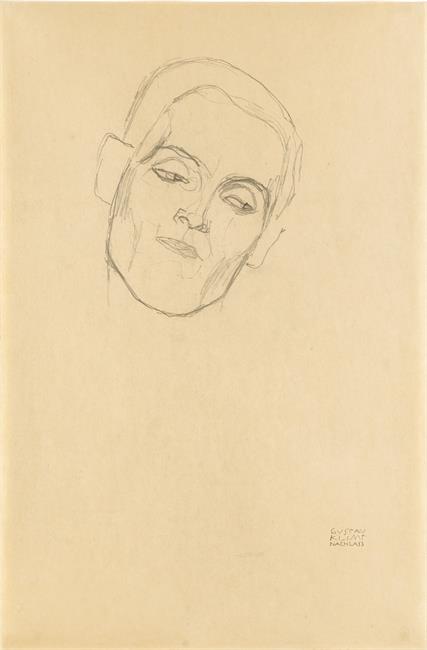 Inclined Male Head to the Right
1916/17
Inclined Male Head to the Right
1916/17
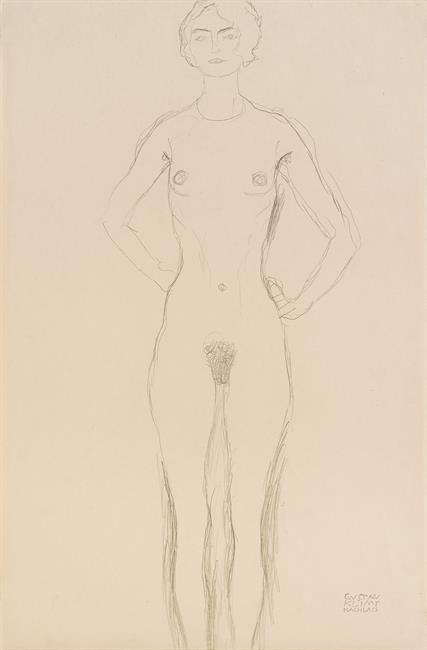 Nude from the Front, Hands on Hips
1911
Nude from the Front, Hands on Hips
1911
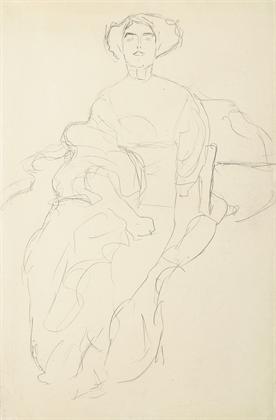 Seated Woman from the Front
1913-14
Seated Woman from the Front
1913-14